#uncededland
Text
How Hecate came to Vancouver Island. (June 7the 2020)
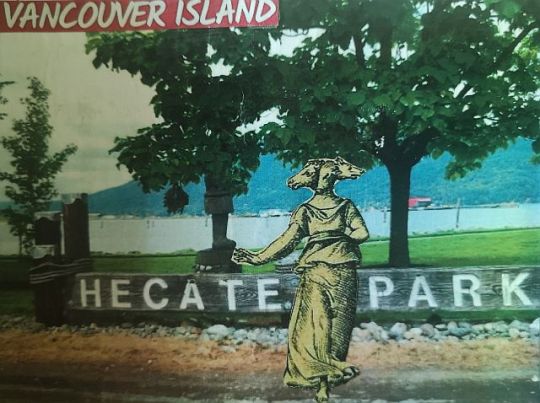
Image from Hecate Park & image of Hecate I made into a postcard.
I’ve grown up here on Vancouver Island. We moved here from Manitoba by the time I was 6 years old. It wasn’t til summer 2013 when I really became aware of the goddess Hecate (a story for another post!) and it was another few years before I clued into the connection between two local places I knew about, Hecate Park and Hecate Strait, with the goddess Hecate. I think the delay was due to the difference in pronunciation, the locales are pronounced Hek-et, and after hearing it my whole life, it just took me some time to connect the dots!
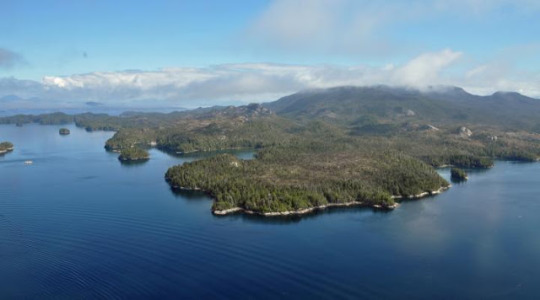
Hecate Island, image by Kira Hoffman
Since that time I have discovered there are 16 locales (as well as a fishing lodge and an inn) named Hecate on Vancouver Island and the surrounding areas! Obviously as a devotee of Hecate, I was thrilled to have this physical connection to a goddess associated with such faraway lands in history, and lands so different than the Pacific Northwest. But as so often happens, the actual story of how these places came to be named Hecate is neither terribly exciting, nor surprising really when the history of this island is looked at.

1903 Nootka House

Kwakwakaʼwakw children in Yuquot (Friendly Cove)
Vancouver Island historically, and presently, is home to the Kwakwakaʼwakw, Nuu-chah-nulth and Coast Salish peoples. In the 1800s the British came and began their colonization of these lands as if they did not already belong to others. While this post isn’t about the atrocities that happened here, I would be remiss not to mention them. The repercussions are still being felt to this day. I recall being really surprised when I learned that a large proportion of Canadians actually knew almost nothing about the attempted genocide. Though it is now finally starting to be talked about in schools, the information being shared is not entirely accurate and still quite problematic according to a young Kwakwakaʼwakw woman I spoke with, whom has recently finished with the school system. I am grateful to my grandparents (an amazing couple whom I have much more to write about in another post) that raised me to be respectful of the land and the original inhabitants, and for always having been aware of what happened in this place. It has led me to feel a strangely conflicted feeling about living here. Feeling both so at home with this island’s spirit, yet always feeling a deep longing for Europe, and being but a guest here. I feel the same conflict about being thrilled to have locations named Hecate here while knowing how those locations came to be named.
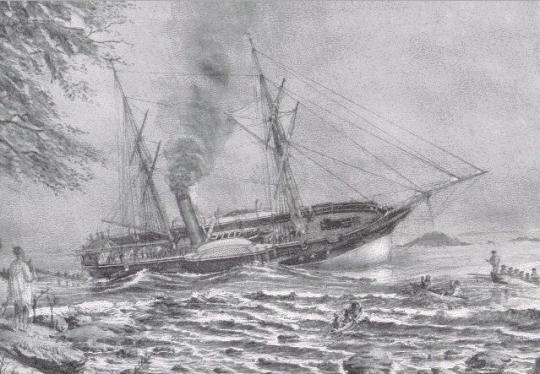
HMS Hecate aground in Neah Bay east of Cape Flattery between 15 and 21 August 1861
In 1860 Captain George Henry Richards first came to B.C. to do survey work on the H.M.S Plumper until she was decommissioned, he then continued the work aboard the H.M.S Hecate. And thus we see the origins of all these places being named Hecate. Captain Richards did survey work around Vancouver Island and the Sunshine Coast for two years. By all accounts he was a kind and fair man. Oftentimes he was called to break up disputes between the Indigenous people and whites, and he would invariably always call out the whites as being in the wrong. There are also stories of him giving treats and gifts to the Indigenous people and being generally very kind. I was personally very glad to read this. He also had some sweet mutton chops.

Captain George Henry Richards, Royal Navy, BC Archives
In naming places around coastal BC, apparently the indigenous names were kept as much as possible, but much that was not named already or if the indigenous name could not be used, then those places would be named. Many of the names given by Capt Richards were for his crew and even a favourite racehorse.
Here is the list I compiled of all the places named Hecate, on and around Vancouver Island, starting from the South and moving upward North Island and over to the Sunshine Coast.
Hecate Passage (E. of Chain Islets, W. of Plumper Passage)
Hecate Park (Cowichan Bay)
Hecate Street (Nanaimo)
Hecate Mountain (NE of junction of Uchucklesit Inlet and Alberni Inlet)
Hecate Bay (NW. of Meares Island, E. of Catface Range)
Hecate (abandoned locality NE side of Nootka Island)
Hecate Lake (N. end of Nootka Island, E. of Saltery Bay)
Hecate Channel (Between Zeballos and Tahsis Inlets)
Hecate 17 (East shore of Zeballos Arm of Esperanza Inlet)
Hecate Cove (N. side of Quatsino Sound, E. of Quatsino) [There is also the Hecate Cove Fishing Lodge]
Hecate Island (Just N of Calvert Island)
Hecate Strait (Between Haida Gwaii & mainland) [On Haida Gwaii there is the Hecate Inn]
Hecate Rock (shoal in Duncan Bay)
Hecate Rock (Goletan Channel, Mount Waddington)
Hecate Reefs (I’m assuming this refers to the reefs in Hecate Strait)
Hecate Place (street in Vancouver)
According to British Columbia Coast Names by John, T. Walbran, Hecate Strait, Bay, Passage, Channel, Cove, Island, Rock (there are two in two different places) and reefs were named directly by Capt Richards between 1861-1862. The other places will likely have been named directly from those named by Richards.
{With libraries & archives being closed due to Covid 19 I wasn't able to access some of the information I'd originally gathered when I started this article several years back. That said, I think it contains most, if not all of the relevant information.}
While I was doing this research I realized there are quite a lot of places all over the world named Hecate, She certainly has made her way around the globe!
And lastly, I recently was also made aware of someone local who at one time had a boat named Hecate (retired), which if I get permission I will share a photo here of the boat herself, or at the very least, the beautiful wood sign with the name that was on the boat. They named the ship actually due to the goddess, the family having had a long time interest in Greek mythology.

Resources and references:
The private journal of Captain G.H. Richards: the Vancouver Island survey (1860-1862) (The first part is here: http://ronsdalepress.com/wp-content/uploads/2011/04/Private-Journal.pdf ) Ronsdale Press 2012
British Columbia Place Names G. P. V. Akrigg, Helen B. Akrigg, UBC Press 1997
British Columbia Coast Names 1592-1906 by John Walbran, J.J. Douglas Ltd 1977-2003
BC Geographical Names https://apps.gov.bc.ca/pub/bcgnws/
The Coast of British Columbia: Including the Juan de Fuca Strait, Puget Sound, Vancouver and Queen Charlotte Islands, United States. Hydrographic Office, U.S. Government Printing Office, 1891 - British Columbia
Dictionary Of Canadian Biography http://www.biographi.ca/en/bio/richards_george_henry_12E.html
Cobble Hill Historical Society https://cobblehillhistory.org/vignettes/item/26-hms-hecate
https://www.thecanadianencyclopedia.ca/en/article/vancouver-island#:~:text=The%20Treaty%20of%20Washington%20(1846,of%20British%20Columbia%20in%201871
Image Citations:
Nootka (Nuu-cha-nulth) House, 1903, Meany, Edmond S. (1862-19350 IN Meany Album v.2, p. 26, Digital Collection: American Indians of the Pacific Northwest Images, Edmond Meany Collection no. 132, Negative Number: NA 1150
Nuu-chah-nulth children at Friendly Cove, 1930s Alamy Stock Photo/Contributor Matteo Omied, Image ID 2BD7Y77
HMS Hecate - Public Domain
Captain George Henry Richards, Royal Navy; HMS Hecate and HMS Plumper, BC Archives, A-02432

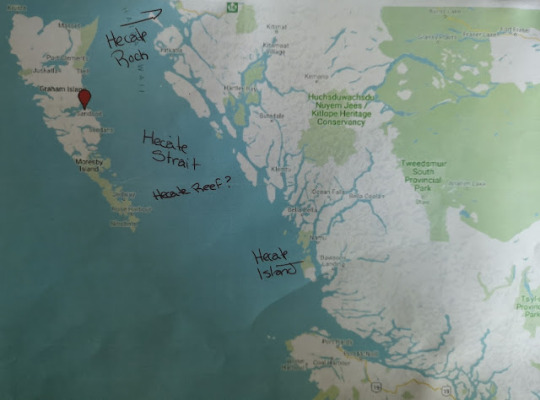
3 notes
·
View notes
Photo
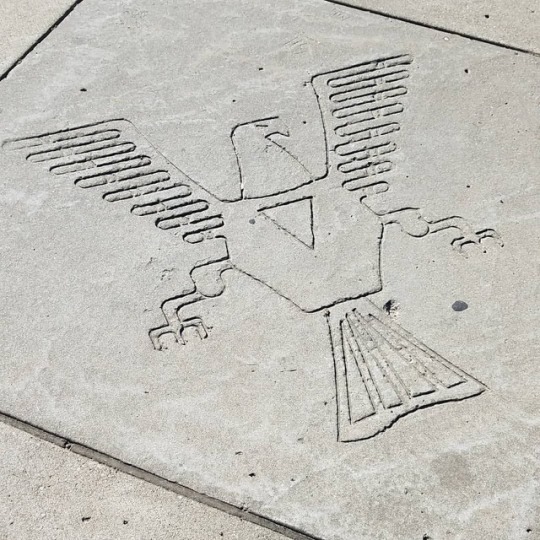
I never realized how deeply love for a place can fill you up until I tried to leave. I never understood how love for place can carry you through the difficult times until I needed this place to help keep me together. I never knew that love of place is reciprocated by the place itself until I made this place my work. I'm forever grateful to be of and from South Minneapolis, a place so filled with love and determination and smiling faces. That gratefulness manifests in me again and again at unexpected moments, but I carry it with me always. #dakotacountry #uncededland #indiancountry #minneapolis #minnestagram #midwestisbest #franklinave #hometownlove #gradschoollife #homesweethome #indigenousresistance #indigenousstudies #publicart (at Minneapolis, Minnesota) https://www.instagram.com/p/BpAFDnng9wW/?utm_source=ig_tumblr_share&igshid=sk1gkss9pi7q
#dakotacountry#uncededland#indiancountry#minneapolis#minnestagram#midwestisbest#franklinave#hometownlove#gradschoollife#homesweethome#indigenousresistance#indigenousstudies#publicart
9 notes
·
View notes
Text
More than just symbols
Brown and green, white and red. Often meters high with different animal motifs. Some of them can be found at the UBC campus or in Stanley Park. I am talking about totem poles. Created by Northwest Coast Indigenous peoples to serve as a signboard, genealogical record or memorials, the tall curved structures are an essential part of Vancouver’s landscape.
The other day I was walking with a fellow student over the UBC campus, and we passed by the Reconciliation Pole, a very massive and beautiful piece of art that represents the history of indigenous people in Canada before, during, and after the Residential School Era. It was a very sunny, almost cloudless day. The sky was so blue that the colours of the pole were standing out so brightly.
My friend and I were so amazed by this scenery that we even stopped for a moment to take a moment and look closely at the vast carved wood. We just stood there, very calm and engrossed in thought.
Out of a sudden, my fellow student asked me: “I know that this pole is called the “Reconciliation Pole”. But, what does “Reconciliation” exactly mean?”.
I have to admit that I was a bit surprised about this kind of question. Especially if you consider the fact that such totem poles are supposed to have an awareness -raising effect. I guess my fellow student’s question made it pretty clear that it not only the students on the UBC campus but everyone else should be encouraged to learn more about the history of Residential Schools and to understand their own responsibility in reconciliation between indigenous and non-indigenous Canadians. Such Reconciliation Poles should remind us permanently of the past, so that we do not forget, repeat or trivialize mistakes. As a central relic of Indian culture, the pole for me also shows respect and efforts to promote dialogue between nations. So has the system failed when my fellow student asked that question?
Maybe.
But what got me, even more, thinking because was when I thought about my fellow student’s question in the context of the unceded, ancestral and traditional territory: Having a pole on the land of even unceded, made the whole situation gives you mixed feelings. The whole situation becomes even slightly cynical: Such poles are by far not sufficient to show the dimensions of colonization and assimilation that have been enforced on indigenous peoples. Almost an entire ethnic nation has been assimilated and culturally extinguished. (Canadian) History has been written at the expense of their culture as well as personal lives. Especially when you consider how many indigenous people are underrepresented in other areas of society, one wonders if such symbols are really that: just symbols. And are such poles not rather being instrumentalized by “us Whites” as the descendants of (former) colonialists in order to calm our conscience and anxieties about our own past? Should these poles not remind us that we haven't done enough with regard to Reconciliation?
At the very least, everyone should start asking those questions him- or herself more often.
3 notes
·
View notes
Text
undefined
instagram
0 notes
Video
youtube
police at the anti-modi protest in vancouver, unceded coast salish territories refusing to let a musqueam sister do a prayer on her own territories, outside a gurdwara. protecting a monster who is responsible for brutal pogroms on 100,000 plus muslims in gujarat, attacks on churches, indigenous people in india, solidifying ties with israel (including a program of using poor women from india as surrogates for cis gay israeli men who want to have children in order to “settle” palestine with support from the israeli government) and more.
---edited to add this note since there are questions about the surrogacy bit:---
doubting the surrogacy bit? it’s not new and it’s well known. even haaretz has reported about it. no doubt things may have/may change under queer hating modi but 1.) let’s not forget that economic ties with israel are big business for india regardless of who is in power and 2.) the link below clearly shows that india and israel are still in the gay surrogacy business in 2015: http://www.menhavingbabies.org/surrogacy-seminars/israel-2015/
49 notes
·
View notes